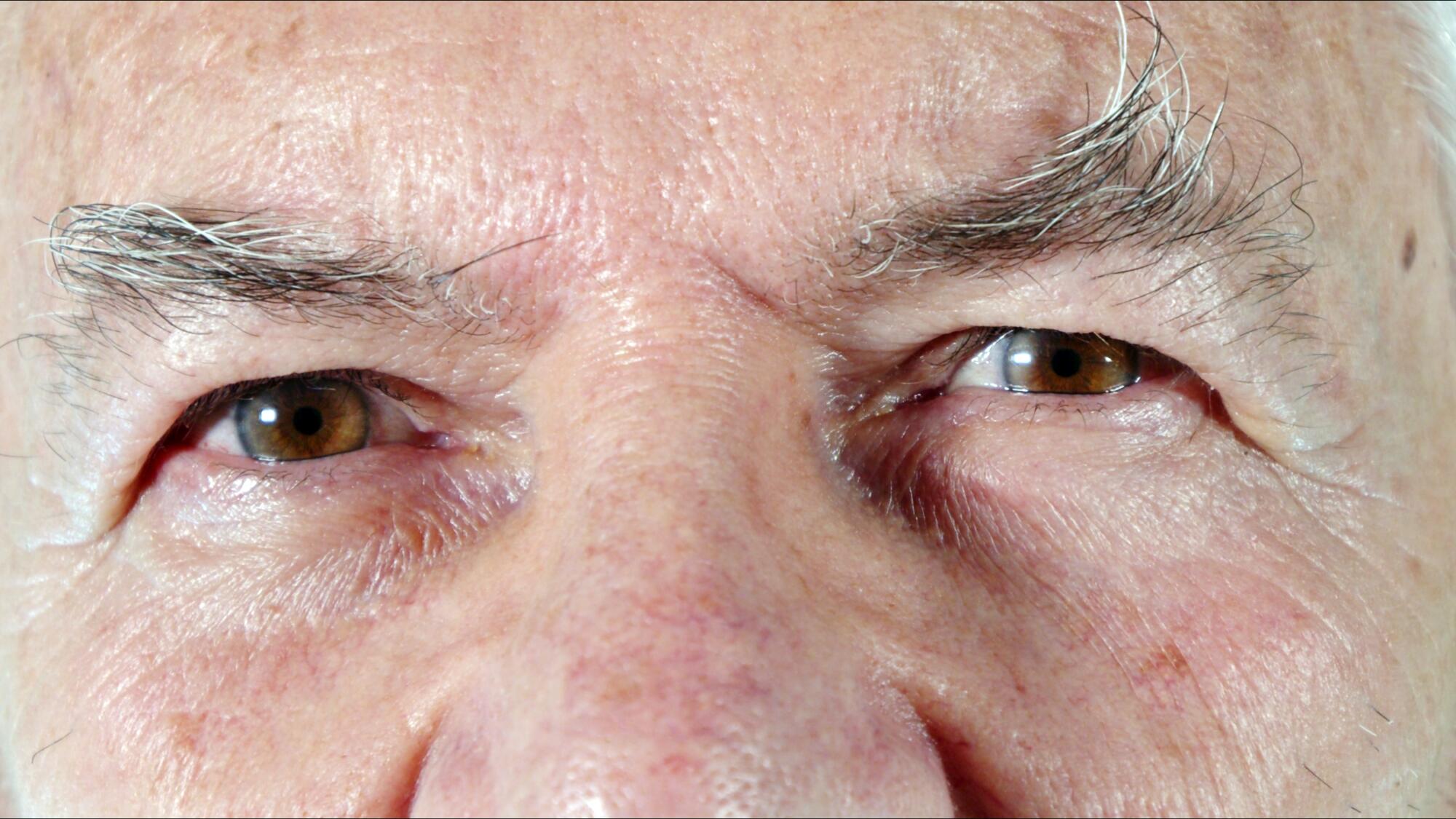Up to 20% of all cataract surgery is performed on diabetes patients, according to ScienceDirect.com. It’s really important to become aware of eye health for seniors with diabetes, since diabetic cataracts can result in vision loss.
Understanding what they are, how they develop, and what treatment options are available can empower seniors and their families to take proactive steps in protecting vision and maintaining quality of life.
This guide explores everything seniors in Sellersville, PA (a suburb of Philadelphia) should know about diabetic cataracts, from symptoms and causes to prevention and care.
What Are Cataracts?
A cataract is a clouding of the natural lens inside the eye, which normally helps to focus light and produce clear images. When a cataract forms, vision becomes blurry, dim, or even yellow-tinted, and colors may appear faded.
Cataracts are a common part of aging, but when diabetes is involved, they can develop earlier and progress more rapidly.
Cataracts and Blood Sugar – The Relationship
Diabetes affects the body’s ability to regulate blood sugar (glucose). Over time, high blood sugar levels can damage various parts of the body, including the small blood vessels in the eyes.
Diabetic vision issues include the following:
- Increased oxidative stress in the eye’s lens
- Changes in lens metabolism, causing fluid buildup and lens swelling
- Protein clumping in the lens, which leads to cloudiness and cataract formation
Diabetic cataracts can appear at a younger age and may require treatment sooner than age-related cataracts.
Symptoms of Diabetic Cataracts
The symptoms of diabetic cataracts are similar to typical cataracts but may progress more quickly. Seniors should be aware of the following signs:
- Cloudy, blurry, or foggy vision
- Difficulty seeing at night or in low light
- Sensitivity to light and glare
- Fading or yellowing of colors
- Seeing “halos” around lights
- Frequent changes in prescription glasses or contact lenses
These symptoms often develop gradually. It’s important for seniors with diabetes to have regular eye exams, even if they don’t notice immediate vision changes.
Are Diabetic Cataracts Different from Regular Cataracts?
While both age-related and diabetic cataracts involve clouding of the lens, diabetic cataracts often develop earlier and progress faster due to chronically high blood sugar levels. Additionally, people with diabetes are more likely to suffer from multiple eye conditions, including:
- Diabetic retinopathy: Damage to the retina
- Glaucoma: Increased pressure in the eye
- Macular edema: Swelling of the macula, part of the retina responsible for central vision
Seniors with diabetes at a senior living community should be monitored for all of these conditions to ensure early detection and appropriate treatment.
Diagnosing Diabetic Cataracts
Cataracts are typically diagnosed during a comprehensive eye exam. An eye care provider will:
- Review medical history, including diabetes status
- Test visual acuity using a standard eye chart
- Use a slit-lamp microscope to examine the cornea, lens, and iris
- Check intraocular pressure to rule out glaucoma
- Perform dilated eye exams to inspect the retina and optic nerve
For seniors with diabetes, annual dilated eye exams are strongly recommended to catch issues early and manage any vision changes effectively.
Cataract Treatment for Elderly Americans
In early stages, cataract symptoms may be managed with updated prescriptions, brighter lighting, or magnifying lenses. However, once vision is significantly impaired, surgery is the most effective treatment.
Cataract Surgery
Cataract surgery involves removing the clouded lens and replacing it with a clear, artificial intraocular lens (IOL). It’s one of the most common and safest procedures in the U.S., often performed on an outpatient basis.
For diabetics, the surgical process may include:
- Preoperative screening for diabetic retinopathy
- Postoperative monitoring for inflammation or complications
- Managing blood sugar levels before and after surgery
Important tip: Diabetic seniors may need to coordinate care between their eye doctor and primary care provider or endocrinologist to ensure blood sugar is well-controlled before surgery.
Can Diabetic Cataracts Be Prevented?
While diabetic cataracts can’t always be prevented, there are ways to reduce the risk and slow progression. Here are some of them:
Maintain Good Blood Sugar Control
This is the most critical factor. Keeping blood glucose within target ranges helps prevent or delay cataract development.
Monitor A1C levels
Seniors should work with their healthcare providers to keep A1C (average blood sugar over three months) within recommended levels. Eating healthy and checking your blood sugar levels regularly will help.
Eat a Vision-Friendly Diet
Foods rich in antioxidants like vitamin C, vitamin E, and lutein may help protect eye health. Leafy greens, carrots, citrus fruits, and nuts are good choices.
Wear UV-protective Sunglasses
Excessive sun exposure may increase cataract risk. Sunglasses with 100% UV protection help shield the eyes. Wear a baseball cap or some other protection as well to protect your eyes from glare and strong sunshine.
Avoid Smoking
Smoking increases the risk of both diabetes complications and cataracts. If you wish to protect your vision, then it’s crucial to quit smoking as soon as possible.
Get Regular Eye Exams
Early detection leads to better outcomes. Annual eye exams are a must for diabetic seniors.
Managing Diabetes in Senior Living
If cataracts are affecting vision but surgery is not yet necessary, there are ways to adapt daily routines:
- Improve lighting at home with brighter, glare-free bulbs
- Use contrast-enhancing tools, like bold print books or high-contrast cutting boards
- Rely on talking clocks, phones, and digital assistants for household tasks
- Organize the home with clear labeling and tactile markers
- Avoid night driving or limit travel in poor lighting conditions
Community resources in many areas, including senior centers and vision support groups, can provide mobility training, assistive technology, and emotional support.
Eye Health for Seniors With Diabetes
Diabetic cataracts are a common yet manageable complication of diabetes that seniors should take seriously. At Hidden Meadows on the Ridge, we offer all-day dining with healthy, nutritious options for our residents to help with vision health. We also offer activities and amenities on-site to ensure our residents are as active as possible.
We are in a private location in sight of the Grand View Hospital, so you are always close to great healthcare, no matter what. Schedule a tour of our community to see if it feels like a fit for you and your needs.







